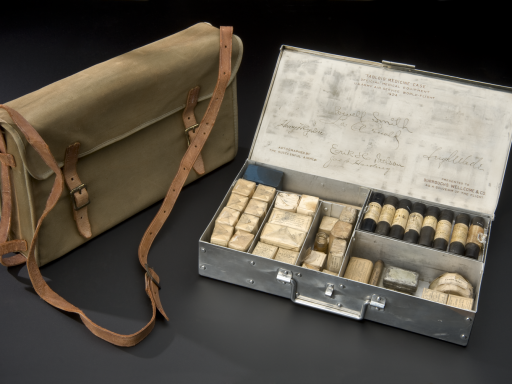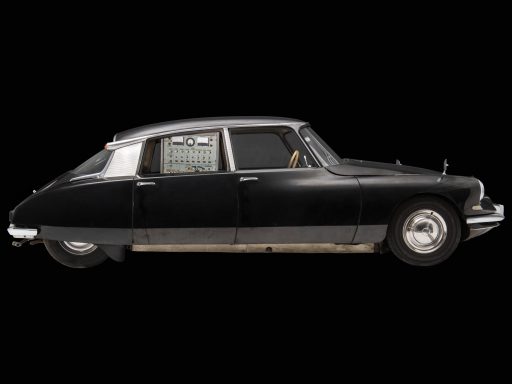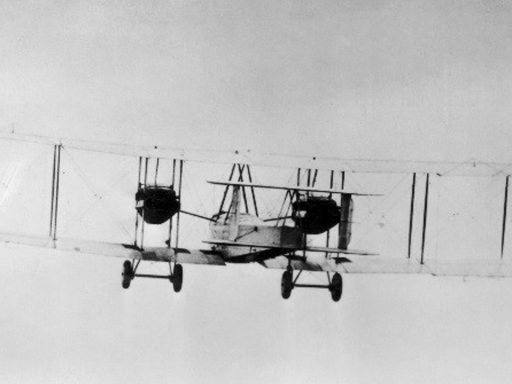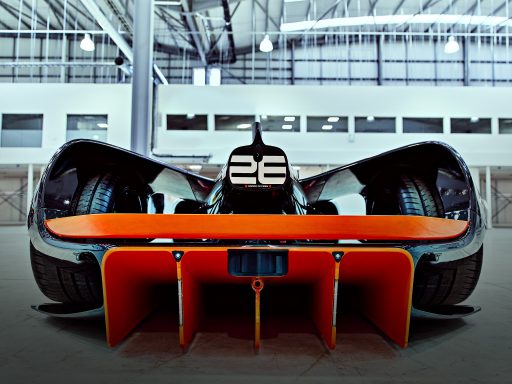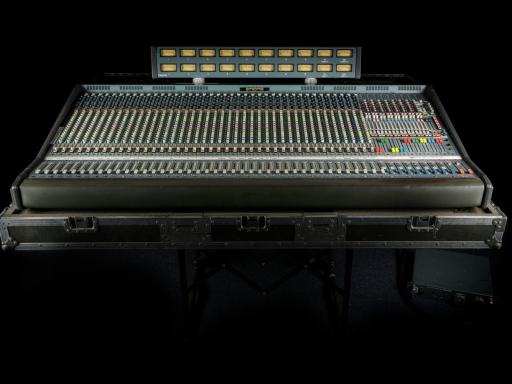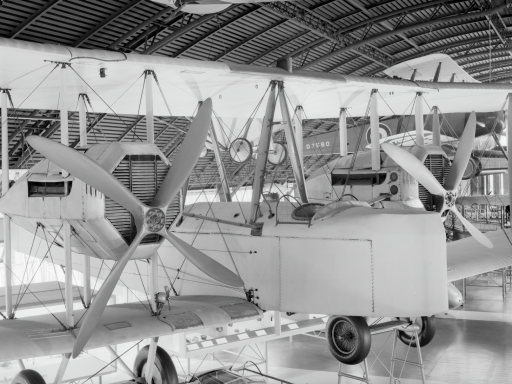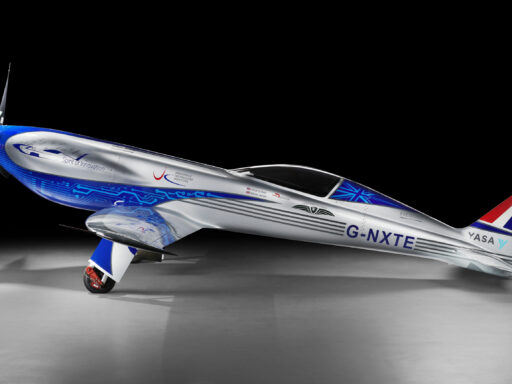
Newly suspended from the ceiling of the Making the Modern World gallery in the Science Museum is Spirit of Innovation, the world’s fastest all-electric aircraft. Former Assistant Curator Laura Büllesbach reveals insights into its ground-breaking design, the technological boundaries it pushes and what the aircraft might mean for the future of sustainable aviation.
